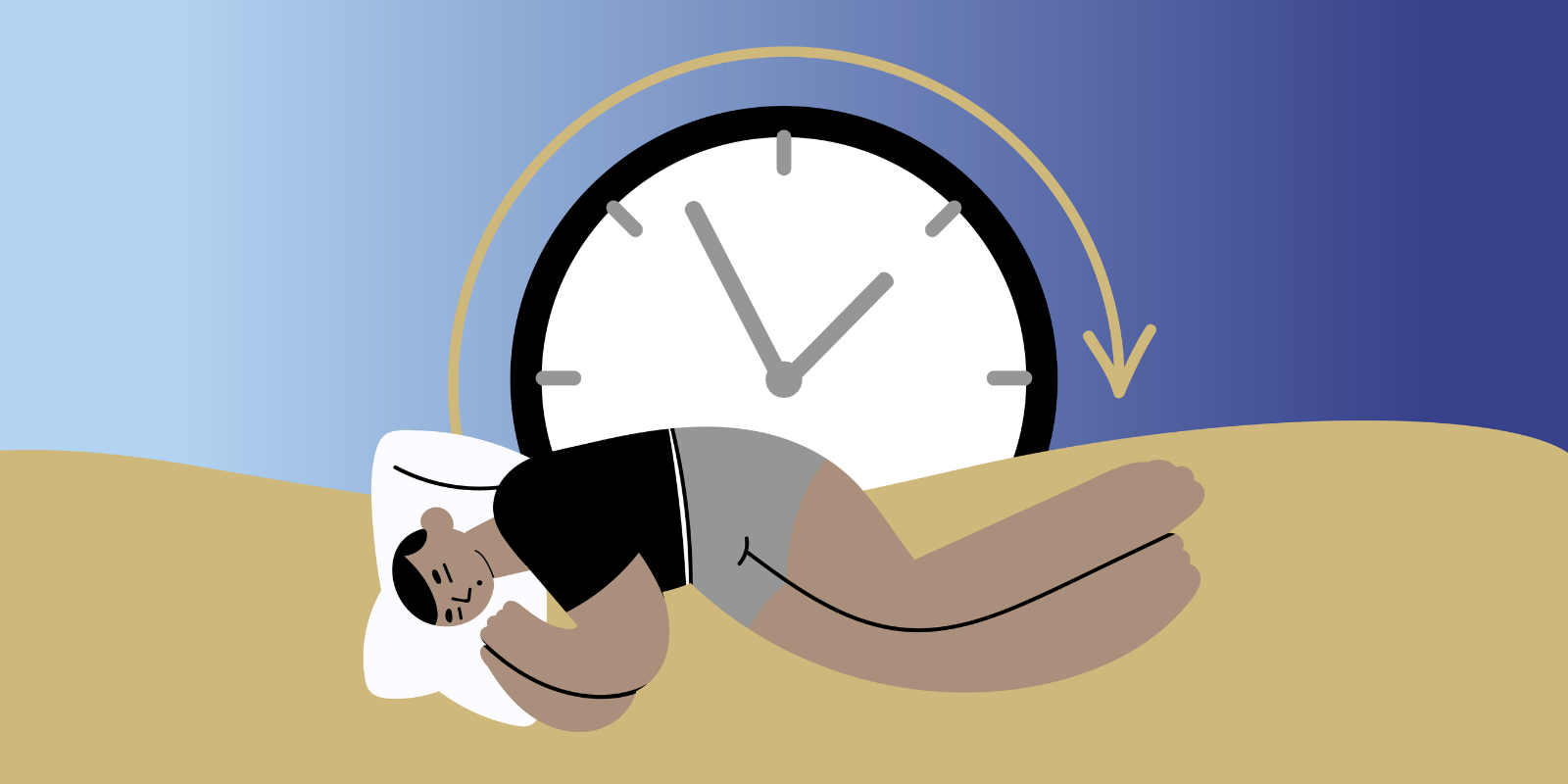10 Ways to Beat Seasonal Allergies for Better Sleep

Spring is here, and so is allergy season. Between watery eyes, sneezing, coughing and congestion, allergy symptoms can make it hard to get through the day, let alone get enough sleep at night. In addition to exacerbating sleep issues like snoring or obstructive sleep apnea, allergies can also increase the time it takes to fall asleep and prevent you from staying asleep once you manage to drift off.
The more severe your symptoms, the more likely your allergies are to disrupt your rest — and quality sleep is crucial for your body’s immune system and overall health.
Here are our top ten ways to keep your allergy symptoms at bay this spring and summer.
Need more sleep tips? Here are pointers on how to sleep better while dealing with cold symptoms and a look at natural cold remedies for your sick child.
10 ways to ease your nighttime allergies
1. Use an air purifier
Research shows that using an air purifier is one of the most effective ways to mitigate your allergy symptoms. “While outdoor allergens tend to cause the most issues, indoor allergens can also contribute. Using HEPA air purifiers can help reduce dust, pet dander, kitchen fumes and other indoor irritants,” said Dr. Artis Beatty, optometrist and chief medical officer at MyEyeDr.
According to the EPA, an air purifier with a HEPA (high-efficiency particular air) filter can remove up to 99.97% of dust, pollen, mold and bacteria. Placing an air purifier with a HEPA filter in your bedroom can significantly reduce the amount of allergens lurking around while you sleep.
Most companies use a term called clean air delivery rate to signify how efficiently the purifier can purify the air in a certain size room, specifying which particulates it can filter. Look for purifiers with higher CADR ratings for pollen, which indicate a faster and more efficient reduction of allergy triggers.
Using an air purifier in the bedroom can help reduce your allergy symptoms and get better rest.
They will also indicate how large an area their purifiers can clean. The guideline for determining the size you need is the 2/3 rule, meaning you’ll want an air purifier with a CADR rating of at least 2/3 of the square footage of your space. For instance, if your bedroom is 100 square feet, you’ll want a minimum rating of 65.
It’s best to place the air purifier near the center of the room it’s purifying, but always make sure there’s at least a foot of space on all sides of it. Every device is different and will have varying requirements. Always follow the manufacturer’s instructions for placement, filter replacement and cleaning — your air purifier will be most effective when properly cared for.
Read more: Here’s Where to Put Your Air Purifier
2. Houseplants
Houseplants may do more than just liven up a room. Studies have shown they can also purify the air by absorbing volatile organic compounds such as formaldehyde and benzene through their leaves and roots.
It’s important to note that houseplants should supplement your allergy defense. They shouldn’t wholly replace proper ventilation, air filtration or allergy medication — and you’ll need quite a few to truly make a difference.
Some of the best low-maintenance air-purifying plants include:
- Snake plants are popular and easy to keep happy. They release oxygen at night, making them an excellent choice for the bedroom.
- Devil’s ivy, or golden pothos, is another good choice if you struggle to keep your plants alive. This hearty plant also removes harmful VOCs from the air.
- Spider plants are non-toxic to pets and easy to keep alive and happy. They help remove toxins from the air, including carbon monoxide, benzene and formaldehyde.
Other great options include English ivy, peace lilies and succulents. If you have pets, you’ll want to check whether the plants you add to your space are toxic to them when ingested. If so, be sure to keep them out of reach.
Read more: 10 Best Houseplants for Air Purification
If you live in an especially dry or dusty area, you’ll want to make sure your plants aren’t accumulating dust. This can affect their photosynthesis and impact how effectively they can purify your air. Regularly wiping the leaves gently with a soft cloth or duster is best. If that’s not enough, add some lukewarm water to your cloth or gently rinse off the leaves if the plant can withstand it.
3. Proper temperature and humidity
Hot and humid climates are breeding grounds for dust mites and mold. It’s best to maintain your home temperature between 68 and 72 degrees Fahrenheit if possible — and studies show a cooler bedroom temperature at night can also improve your sleep.
When dealing with allergies, you should also try to keep the humidity in your house below 50%. Depending on where you live, this is easier said than done. If you live in a humid area, it could be worth investing in a dehumidifier.
However, it depends on your specific allergy symptoms. If you live in an arid environment, the dry air may exacerbate your allergy symptoms if you have itchy or dry eyes or nasal passageways. In that case, you may find relief by using a humidifier to add more moisture to the air — just keep in mind that too much humidity and moisture can cause mold and bacteria growth, triggering the allergies again. It’s a delicate balance.
Read more: Humidifier vs. Purifier: We Asked Medical Experts Which Is Better for Allergies
4. Keep doors and windows closed
You may want to feel that fresh spring breeze blowing gently through the windows, but you’re also inviting the pollen in with open arms. It’s best to close your windows and doors and rely on your air conditioning to cool your home if you suffer from seasonal allergies.
If you don’t have air conditioning or need to keep a few windows open now and then, make sure you have proper screen protection. You could also consider buying window-mounted mesh pollen screens to help block unwanted airborne particulates from sneaking in.
5. Sleep apart from your pets
An estimated 6 out of 10 US households have pets, despite many owners being allergic. If you have itchy eyes and sneeze around your cat or dog, it’s likely because you’re allergic to a protein in their dander, urine and saliva. Their fur collects the dander and can carry other allergens like pollen and dust mites.
Always wash your hands immediately after petting your furry little best friends, and avoid touching your face and eyes. Proper grooming and hygiene practices for your pets are essential, especially if they’re allowed to explore outside.
If you have allergies, you may want to keep your pets out of the bedroom at night. For me, that’s easier said than done.
If you have allergies, it’s best to keep your pets out of the bedroom at night. If you don’t have the heart to shut them out, check out our tips for sharing the bed with your pets like a pro.
6. Frequently wash your bedding
Over time, your mattress can accumulate hundreds of thousands — if not millions — of dust mites. These microscopic creepy crawlies prefer dark and warm environments, such as your bed, and feed off dead skin cells. Gross, I know.
Frequently washing your bedding is key to reducing exposure to dust mites and other allergens, especially if you share the bed with your pets. Most experts recommend washing your sheets once a week. However, if you have allergies, asthma or sensitive skin, you’ll want to clean them every three to four days.
Removing carpet and rugs from the bedroom and sticking with hard-surface flooring is best for reducing allergen exposure. You may also want to consider removing your drapes and any upholstered furniture where dust mites thrive. If that’s not an option, make sure you clean those soft cloth surfaces frequently.
7. Use a mattress protector
If you’re looking for a new mattress, consider one with hypoallergenic materials. If you’re not in the market for a new bed, try using a mattress protector. This can provide protection not only from spills and bodily fluids but also from allergens — and it can extend the life of your mattress. You can also use antimicrobial protectors on your pillows.
8. Sleep upright
Sleeping flat can worsen your congestion. If you have an adjustable bed frame, that’s great — use it. Otherwise, try adding a couple of extra pillows to help you sleep in a more upright position. This allows congestion to drain better from your nose and throat and can help you breathe more easily. It also may help with snoring. Just be warned that sleeping too many days in a row like this could potentially cause neck pain.
If you still can’t seem to get enough oxygen at night, consider using Breathe Right Nasal Strips or another CNET-recommended anti-snoring product. If that’s not enough, it might be time to schedule a visit with your primary care provider to discuss the possibility of sleep apnea or other breathing conditions.
9. Take nightly showers
Rinsing off each night before bedtime can wash away pollen and prevent you from bringing allergens to bed. Taking a warm shower or bath before bed is also known to promote better sleep, so that’s a bonus.
Read more: An Expert Weighs In on the 10 Most Popular Sleep Hacks
10. Replace your HVAC filter
Along with an air purifier, your HVAC filter is one of your best defenses against seasonal allergens. These filters come with a minimum efficiency reporting values score ranging from 1 to 20 — the higher the number, the better the filter works.
The higher number comes with a higher price tag, but it’s worth it if you have allergies. More efficient filters can block out smaller particles, giving you the cleanest air possible inside your home.
Make sure to change your filters frequently. It’s generally recommended to replace them every three months, but if you live in a particularly dusty area, have furry pets who shed a lot or are working with an older HVAC unit, you may want to replace them more often.
What causes allergies?
The CDC estimates that up to 60 million people in the US experience seasonal allergies (also called hay fever).
Seasonal allergies (also known as allergic rhinitis) are caused by airborne particulates that increase during certain times of the year — usually when plants bloom through the spring, summer and fall. Common allergens include pollen, mold, dust mites and pet dander.
When you’re exposed to these allergens, your immune system may overreact. It releases chemicals like histamine, which can cause inflammation and symptoms like runny nose, coughing, itchy or watery eyes, sneezing, congestion and more.
Dealing with allergies is annoying, but they can also have serious health implications in the long run if you don’t get proper rest. “When in doubt [about your allergies], it’s best to visit your doctor to get the best recommendations for treatment, which may include prescription or OTC drops or, in some cases, oral or nasal medications,” said Beatty.
For more help falling asleep, here’s the secret to dozing off in 10 minutes or less and easy tricks to help you rest better.
link







